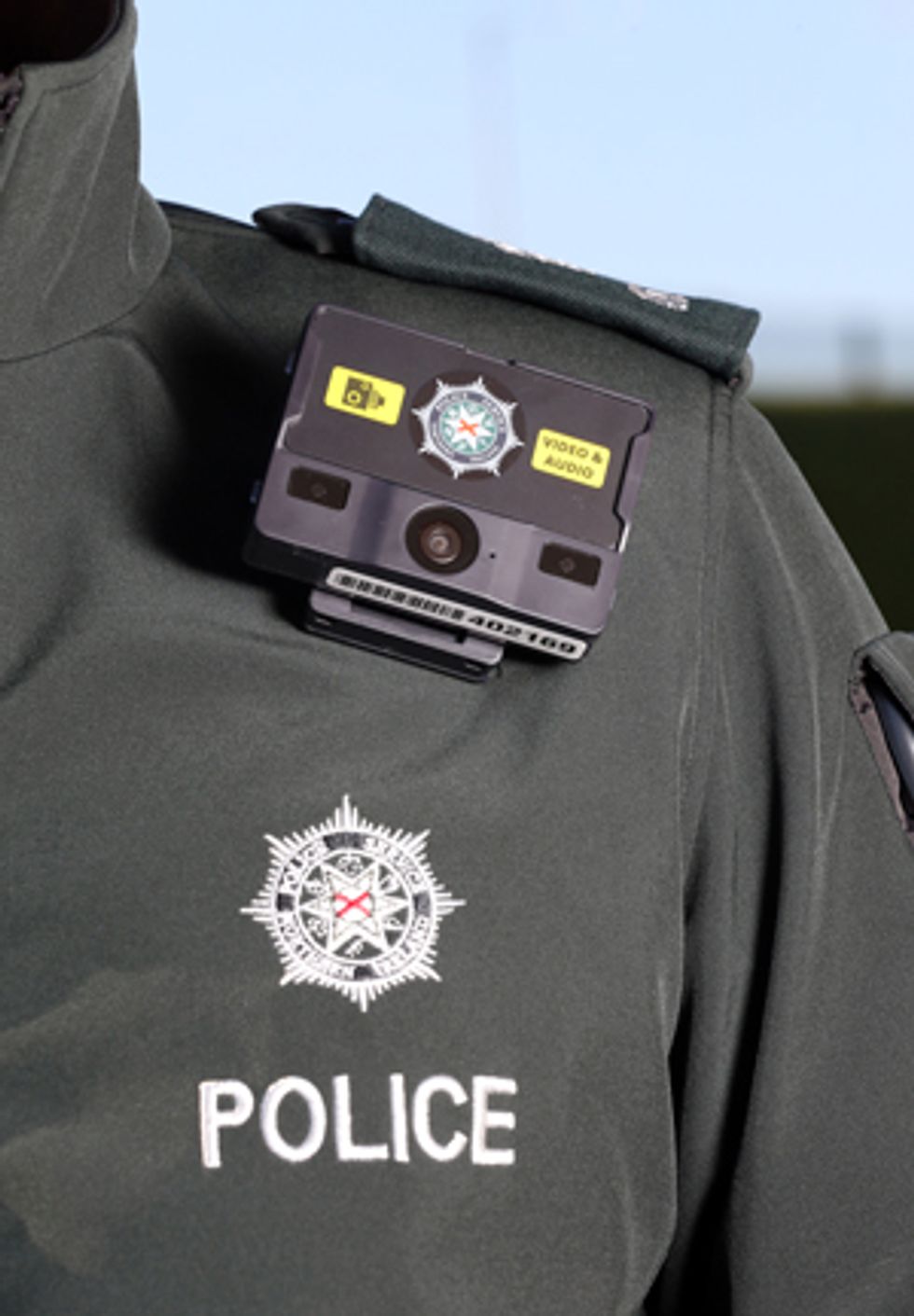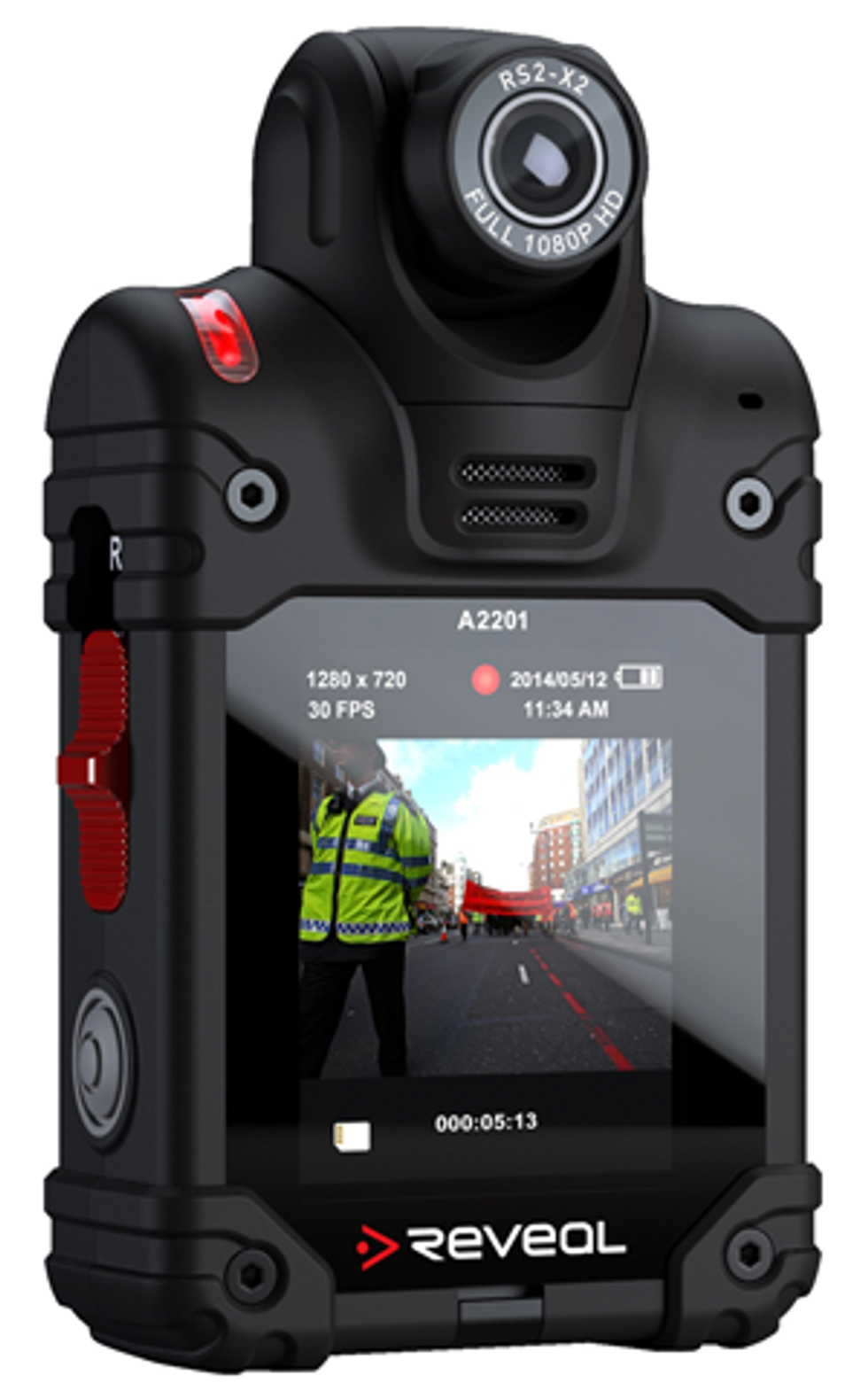Do Police Body Cameras Really Work?
Sometimes police body cameras accomplish their intended purpose, but other times they backfire. And nobody knows why
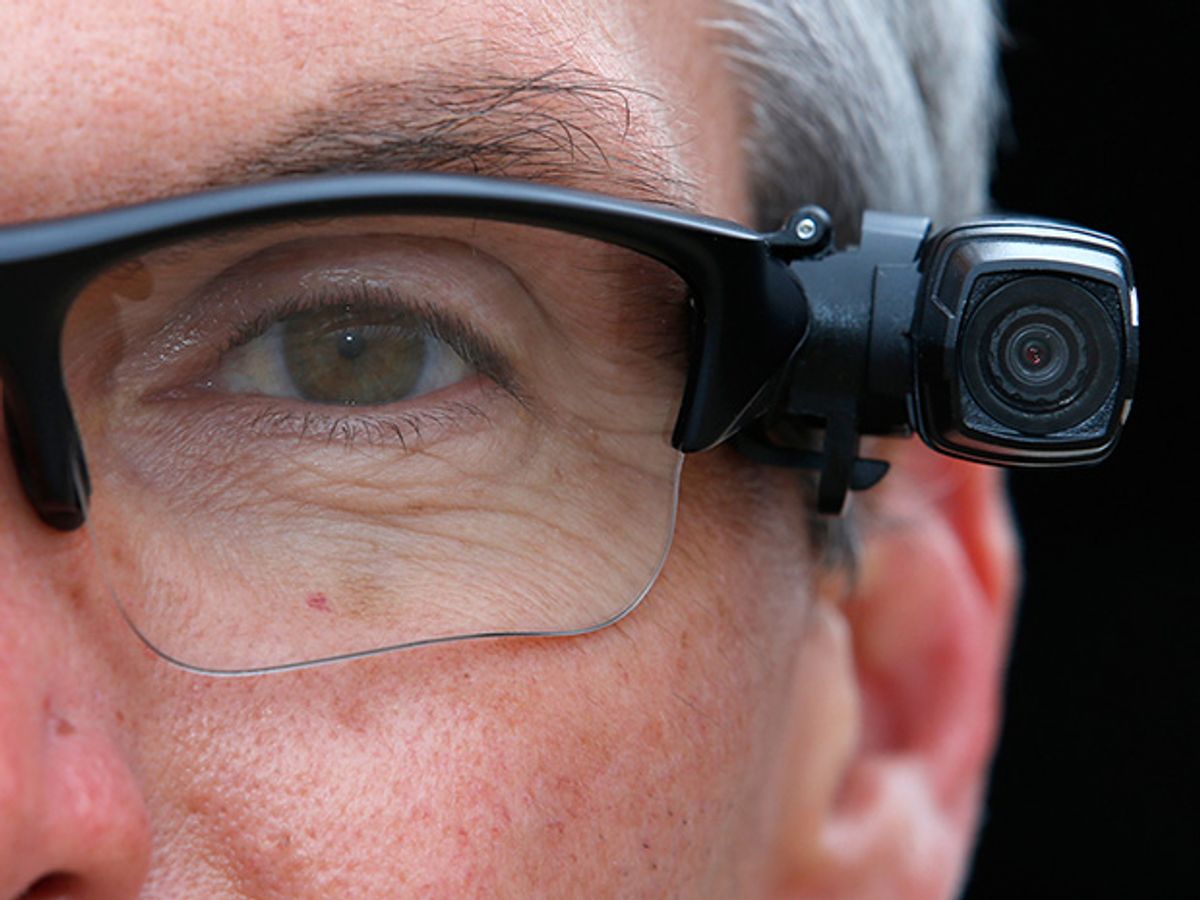
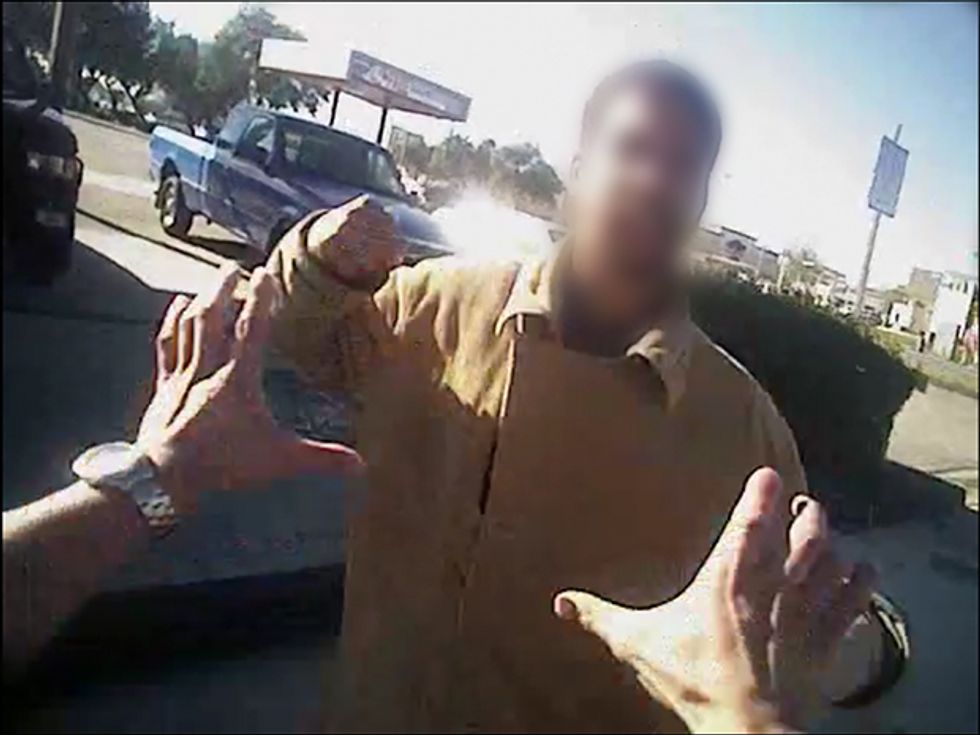
Police body cameras are popping up everywhere, often to good effect because both police and suspects normally behave better in their presence. No wonder these small devices, enthusiastically endorsed by police, politicians, and civil-rights advocates, have generated a burgeoning industry. Yet people know very little about how and why they work, so the intended and unintended consequences of using them remain nebulous.
That’s not for lack of effort. There have been nearly 40 studies on the use of body cameras, including a dozen randomized controlled trials on the magnitude of their effect on policing. Despite all this work, it’s still not entirely apparent why these cameras are helpful, under what conditions, or for whom.
Here I’d like to offer my interpretation of all that research and to delve into what sets police body cameras apart from other video-recording equipment, such as closed-circuit television, dashcams, and everyday smartphone cameras.
Ultimately, body cameras are just video cameras, albeit specialized ones for capturing evidence in a reliable way. Although body cams are relatively straightforward technology, their effectiveness has proven highly variable, for reasons that remain puzzling. Why, for example, does their use reduce by more than half the number of times officers apply force during their encounters with the public in some places, while in other places it nearly doubles the reported use of force?
To address these questions, it’s helpful first to consider other surveillance devices used in policing. These have a longer track record and could offer some insight into the new phenomenon of body cameras.
Over the past 25 or so years, surveillance cameras have increasingly become an integral part of law enforcement as technological advancements made video cameras better, more reliable, and substantially cheaper. Most, if not all, police agencies in developed nations use closed-circuit television (CCTV) with the aim of deterring criminal activity, investigating crimes that have taken place, and prosecuting those responsible for them.
London, for instance, is under such heavy police surveillance that it’s hard to find streets not covered by CCTV. And many of the blind spots that remain are targeted by private video cameras. So when you’re in London, as well as many other cities, nearly every move you make in public is videotaped, tagged, and filed away somewhere.
But do these cameras really prevent crime and disorder? Common sense says, of course they do. If potential offenders are rational actors, aware that their misdeeds will be caught on video, they will surely be deterred from wrongdoing. This is the rationale for concluding that bad guys will not victimize us when there is CCTV, an ever-more-common part of life for which we all pay the price of infringed privacy.
Despite such intuition, and despite the huge investments made, overwhelming evidence indicates that CCTV equipment has, in fact, little deterrent effect. At least 44 studies illustrate that CCTV reduces the overall level of crime by only about 16 percent, with half of that reduction concentrated in parking lots. There is no effect at all on assaults, robberies, and similar against-person violent crimes. The evidence also tends to show that what little criminal behavior CCTV prevents is just displaced to other areas.
In short, CCTV cameras are pretty much a failure. Perhaps that’s because offenders know where the blind spots are. Or maybe it’s because CCTV does not work well in the dark or when the perpetrator wears a hoodie. Another possibility is simply that police lack the resources to assign somebody to sit through endless hours of recorded video hoping to find clues in not-so-serious crimes. Or it could also be that CCTV has become such an integral part of everyday life that its presence escapes people’s conscious attention. Whatever the reason, it’s clear that although CCTV may make you feel more secure, it does not really make you any safer, although it makes it modestly less likely you’ll get your car broken into or stolen.
Another common type of video surveillance, the one that has accompanied the proliferation of smartphones, might actually be more important. Video cameras are ubiquitous, and the video recording of engagements between police and public is incredibly influential, especially when misconduct is caught, be it the infamous beating of Rodney King in Los Angeles in 1991 or the killing of Eric Garner in New York City in 2014. These recordings certainly demonstrate the effect of cameras on public reactions to the police, having sparked the Los Angeles riots of 1992 and the Black Lives Matter movement of 2015.
Given the notoriety of such videos, a camera at the scene of a police-public encounter ought, logically, to send out an accountability cue, eliminating feelings of anonymity on either side. There is no strong evidence, however, to support the conclusion that mobile-phone cameras deter officers from misconduct. The Garner incident is particularly telling in this regard: As clearly shown in the recording released to the media, officers were well aware of the cameras filming them (some of them looked directly at the cameraman), yet they still used a prohibited choke hold. Why?
There are probably two reasons. First, the officers might have been aware of a camera, but it still didn’t really register. Here, as in many other highly charged encounters, people just don’t think much about all the cameras around them before making the decision to throw a punch or otherwise misbehave. Second, even if they are aware of being recorded, the parties involved might not perceive a strong possibility that the footage captured can and will be used to hold them accountable for any type of misconduct. Because it is not official evidence, the video from a civilian’s smartphone camera doesn’t seem to inspire concern that it will surface later.
I should point out that one particular type of camera is effective in preventing unwanted behavior: road or speed cameras. A systematic review of 35 rigorous tests of road cameras has shown that they reduce serious and fatal accidents by as much as 44 percent. The evidence is unequivocal. They do exactly what they are intended to do. Even a speed-camera sign, with no actual camera anywhere, prompts drivers to slow down. Unlike CCTVs or smartphones, speed cameras work because punishment for illegal actions is virtually guaranteed.
This patrolman, like all line officers in West Valley City, Utah, wears a body camera while on duty, a practice the town began in March 2015.





Where do body cameras sit on this spectrum of effectiveness? There have been 12 randomized controlled trials, with another 30 ongoing research projects seeking the answer. My students in the police executive program at the University of Cambridge, in England, and I have conducted most of the randomized controlled trials that have been published so far, including one that is now commonly referred to as the “Rialto experiment.”
This study, which really gave rise to today’s heated debate about police body cameras, took place in Rialto, Calif., a town of about 100,000 located some 100 kilometers east of Los Angeles. I worked on this experiment with Tony Farrar, then Rialto’s police chief, while he was completing a master’s thesis, for which I served as his academic advisor.
My Cambridge colleague Alex Sutherland helped Tony and me give this evaluation of body cameras a high degree of statistical rigor. Indeed, we devised this test just as if we were investigating the effectiveness of some new drug therapy. The study involved all of the town’s 54 frontline police officers, who for an entire year, starting in February 2012, would be assigned either to treatment (camera-wearing) or control (not camera-wearing) conditions when they went out on patrol.
During treatment shifts, officers were asked to take video of all their interactions with the public, to announce that the encounter was being recorded, and subsequently to store the footage on a secure cloud-based server. In control shifts, the officers were told not to use body cameras at all. Outcomes were then measured in terms of officially recorded use-of-force incidents and complaints lodged against Rialto police officers. At the end of a year, we were able to compare nearly 500 patrol shifts during which all police-public encounters were assigned to treatment conditions with a roughly equal number of shifts assigned to control conditions.
Results of the Rialto Experiment (incidents)
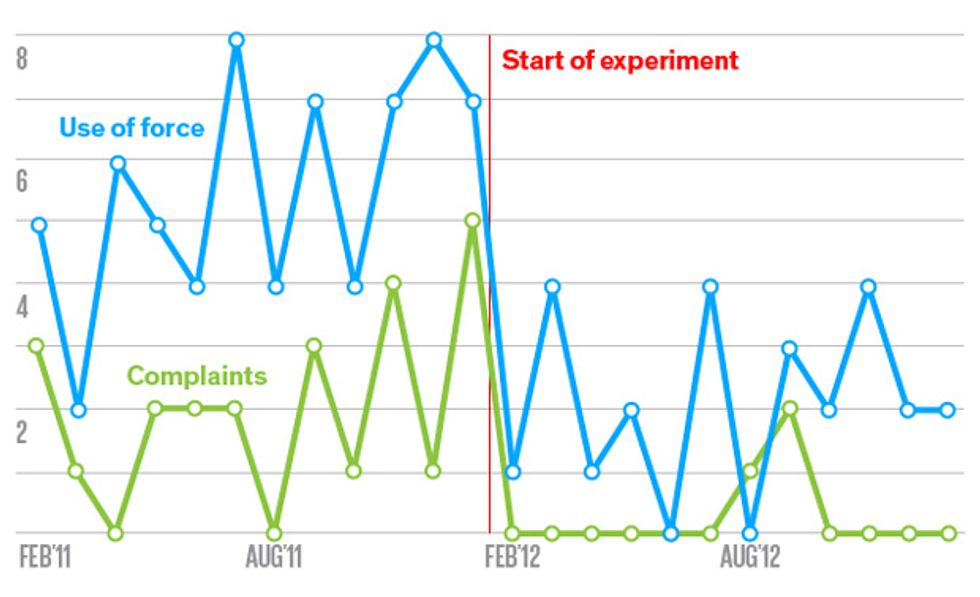
The results were stunning. There were roughly 50 percent fewer incidents of force being used while the officers were wearing body cameras compared with control conditions (8 incidents as compared with 17). And after reviewing the footage, we discovered that all eight times the camera-using officers resorted to force, they did so in response to violent behavior on the part of the people they were engaged with. The evidence suggests that in 4 of the 17 instances in which officers not wearing cameras resorted to force, it was the officer who initiated physical contact. This seems a key finding, because it really points to cameras making police officers less likely to use force without ample justification.
What’s more, there was a 90 percent reduction in citizens’ complaints against police officers compared with the 12 months prior to the experiment. That’s particularly remarkable, because it was a 90 percent reduction in the total number of complaints filed, not just those filed against officers wearing cameras.
Perhaps because all officers wore cameras some of the time, their behavior even when not wearing cameras changed. The statistics suggest as much, because the officers not wearing cameras resorted to force only half as often as they did in the year before the experiment. The moderating effect of the cameras seems to have been contagious.
The results of the Rialto experiment would lead you to think that police body cameras are an unequivocal success. In Rialto they were, but studies my colleagues and I have since conducted elsewhere require that I add a rather large note of caution. You see, if you consider the 10 other places where we have now completed tests of such cameras, you would conclude that their overall effect on police use of force is a wash: In some instances they help, in some they don’t appear to change police behavior, and in other situations they actually backfire, seemingly increasing the use of force.
Use of Force in Multisite Trial (incidents)
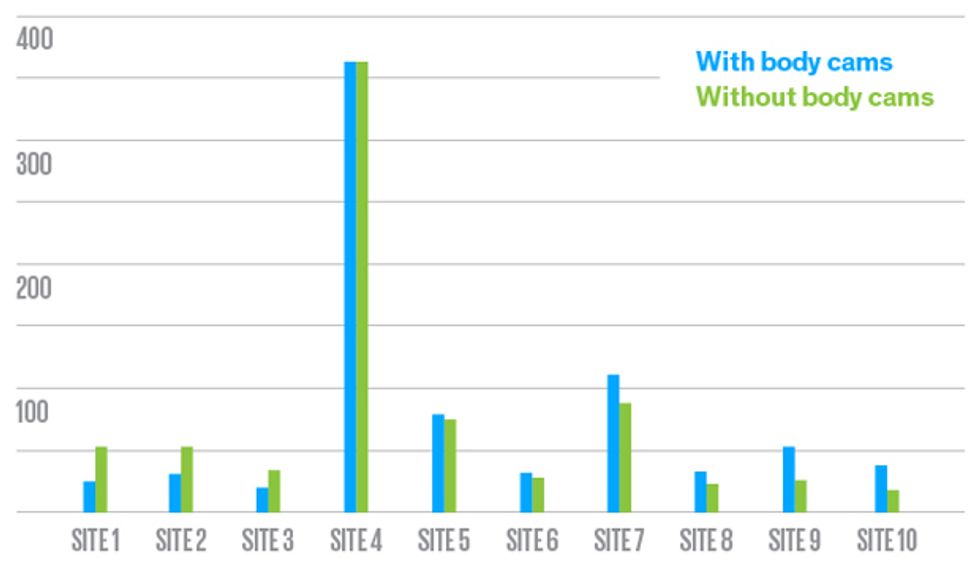
That wearing a camera would ever cause an officer to use force more than he or she would otherwise do is puzzling, to say the least. But some hints of what is happening come from looking at how well officers complied with the experimental protocol.
In places where they closely followed the instructions (use the camera during each encounter if you’re in a treatment group; don’t use it if you’re in a control group), the results were positive—a 37 percent reduction in use of force on average. But if you allow the treatment group discretion to choose when to turn it on, the result is 71 percent greater use of force. Thus the problem seems to arise mainly when officers are allowed to turn cameras on at times of their own choosing.
Three Types of Body Cameras
Although there are exceptions, especially where officers are allowed too much discretion, it nevertheless seems clear to me that police body cameras properly used can be very helpful because officers and suspects alike become more certain that they’ll be punished for bad behavior when a camera is rolling.
For this reason, body cameras are sometimes seen as a panacea: They record everything and therefore tell the unmediated story of what took place. They increase transparency, heighten accountability, and keep the actions of all parties in check. Because no rational person wants to get into trouble (or into more trouble than he or she is already in), police-public interactions become less heated.
Very often that’s the case, but it doesn’t always play out that way. It’s common for officers to interact with people who are mentally ill, drunk, high, raging with anger, or otherwise emotionally disturbed—people who are not likely to be aware of a camera even if told about it. Similarly, officers in emotionally heightened situations—such as during a high-speed pursuit or while subduing a resisting offender—might easily fail to turn the camera on or just ignore it even if it’s running.
Here’s where better technology could help. Body cameras could be automatically activated immediately when certain cues are triggered, such as when the officer enters a crime hot spot, leaves a police vehicle, takes out handcuffs or a weapon, turns on the siren, or makes a call for assistance on the radio. This way, the officer doesn’t have to think about activating the body camera in a tense situation.
One manufacturer, Taser International of Scottsdale, Ariz., is already offering body cameras that activate automatically when an officer turns on a vehicle’s flashing lights or draws a “smart” weapon. And others are investigating the use of cameras that stream live video back to headquarters. Right now, power and bandwidth limitations prevent that general practice, but one day in the not-too-distant future it will likely be the norm.
While the variability in the effectiveness of these cameras is disappointing, perhaps it shouldn’t be so surprising. After all, what could work for a sheriff’s department in Iowa may not necessarily apply to a national police force in the Middle East. The results are going to hinge on the way official records are stored, the prevalence of police misconduct, and how legitimate the force is in the eyes of the people they serve.
So even though I’m a great supporter of body cameras, I’d advise police departments to move slowly and thoughtfully in their adoption. Test them in ways that allow these cameras to fail as much as to succeed. Try out different procedures and pick the ones that work best. After all, who’s to say that the policies practiced in the United States or the United Kingdom are appropriate elsewhere? Police administrators need to consider, in particular, whether rank-and-file officers will embrace the cameras or lash back at “big brother” and the threat to their autonomy.
There are certainly a lot of issues to address: Should superior officers be allowed to view all of the patrol officers’ footage, or ought those rights be limited to specific cases? Should officers be able to review their own recordings before filing their written reports? And who should be in charge of curating all this video, police departments or some independent agency subject to public-records laws? The different people involved will no doubt answer those questions very differently based on their hunches and past experiences, so to find what really works best will require much experimentation.
I would also add that there are still plenty of technological hurdles. The most pressing is the need to integrate the evidence captured by body cameras with other information-technology systems used in law enforcement. These are already troublingly fragmented. Typically, police forces have one system for taking emergency calls, another for handling investigations, and another yet for recording their reactions to crimes. Offender databases do not talk to victim databases. And there is often no link whatsoever with databases held by prosecutors, so court outcomes are never then fed back to the police. The list goes on.
These kinds of problems will grow only more acute as police departments look to incorporate additional layers of information with their body-cam video, including location data and the results from facial-recognition technologies. To fully explore the possibilities and rewards, many more tests are needed.
There’s another reason to test these cameras and their associated technologies carefully before handing them out. Imagine a police force is looking to use body cameras as a way to boost public trust. If police administrators simply announced, “We’re using cameras now, and we find that police misconduct is extremely rare,” most people would take such statements with a grain of salt. If, however, the police force had first partnered with independent researchers to test the effectiveness of the cameras, positive results would more likely be believed. That, in my view, is the best prescription for any police agency that wants to move forward with body cameras and the technology that is swiftly evolving around them.
About the Author
Barak Ariel is a lecturer at the University of Cambridge’s Institute of Criminology. He is also the chief analyst for this institute’s Jerry Lee Center, where he uses various experimental methods to investigate the causes of, and responses to, crime.
